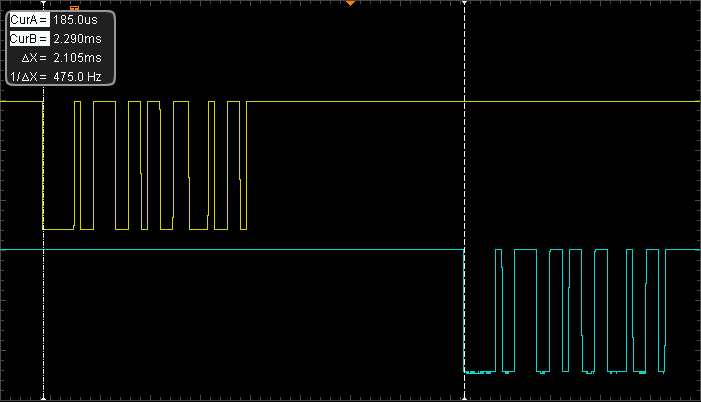MIDI Specifications
A standard MIDI interface is available via two female DIN-5 connectors. Unlike usual MIDI solutions for Raspberry Pi, MIDI on Pisound is implemented using high speed SPI and a dedicated microcontroller for translating SPI data to serial MIDI byte streams and it's readily recognized by audio software as an ALSA MIDI device. The loopback latency of MIDI was measured to be 2.105ms. In addition, there are MIDI activity LEDs for both Input and Output indicating the flow of MIDI events.
| Parameter | Value |
|---|---|
| Input/Output connectors | DIN-5 female sockets |
| MIDI loopback latency | 2.105ms |
| Activity LEDs | Input & Output |
In addition, Pisound lets you take advantage of WiFi-MIDI. When Wi-Fi Hotspot mode is enabled via triple clicking The Button (unless the WiFi toggle was remapped), touchosc2midi daemon gets launched. It translates OSC messages to MIDI events so you can control audio software running on Raspberry Pi from your smartphone or tablet.
TouchOSC2MIDI must be installed for this to work, you may get it installed using 'Install Additional Software' menu in pisound-config.
And of course you can use USB-MIDI devices as usual by connecting them to Raspberry Pi USB ports.

An oscillogram showing signal delay between MIDI input (yellow) and MIDI output (cyan) of 2.105ms when echoing.
Comments & Questions
For more tips & tricks join our community forums! 👋If you have any questions about the information on this page let us know below! 👇